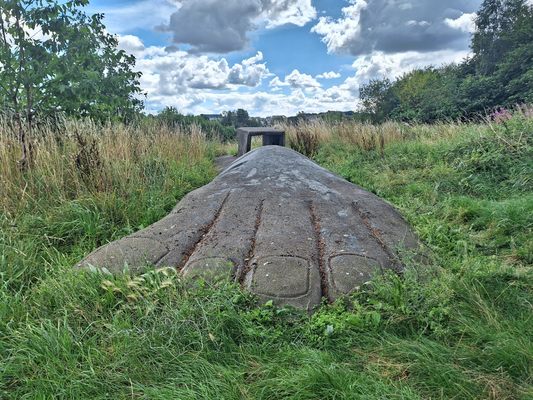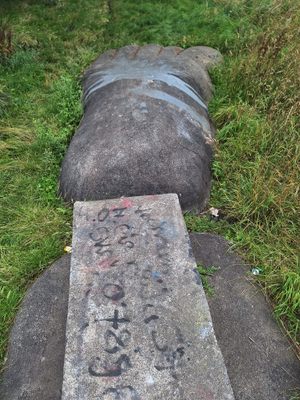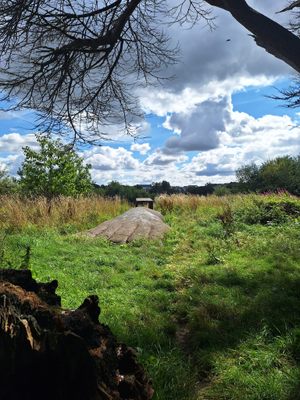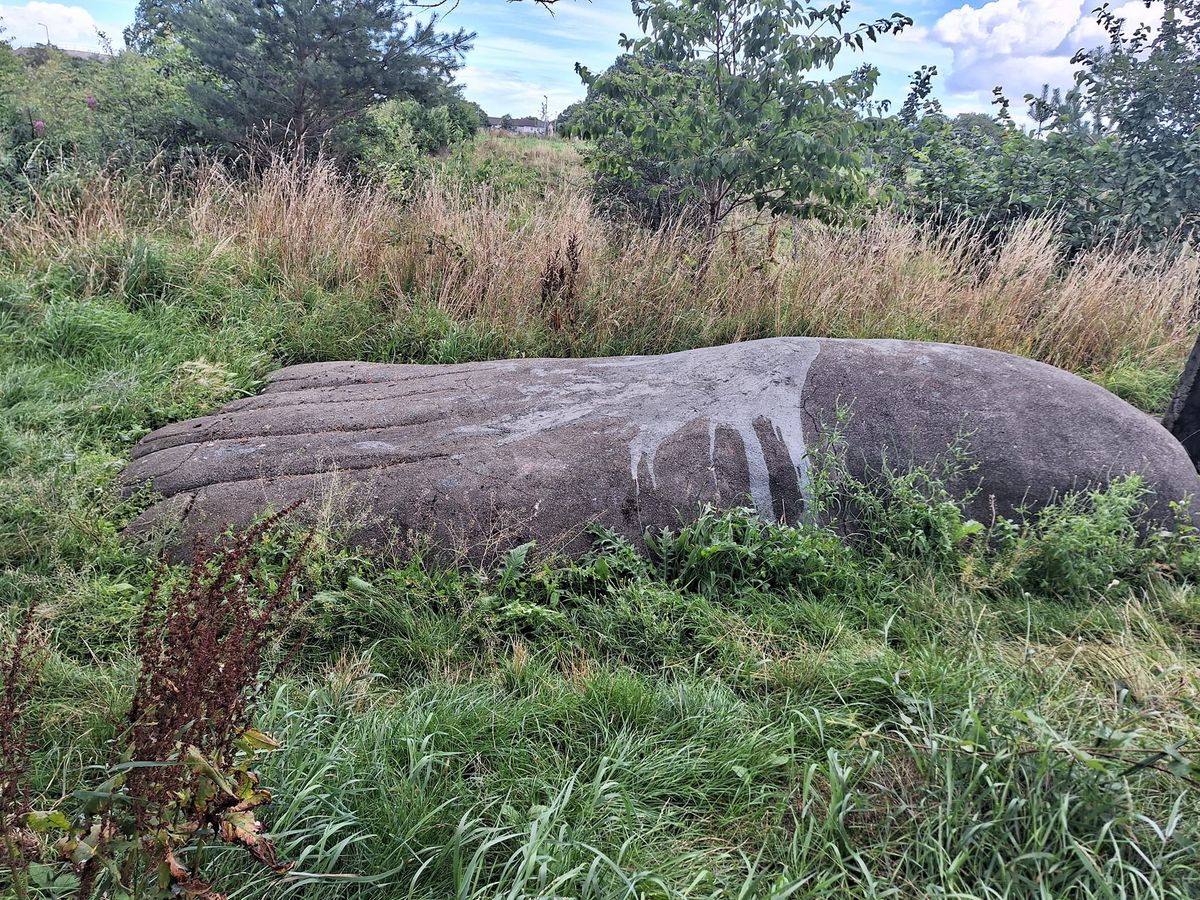About
What do a single mother, a convicted criminal, and a world-famous comedian have in common? While that sounds like the setup to a corny joke, it's actually the start of the fascinating story behind a giant concrete foot lying in a park on the outskirts of Edinburgh.
To appreciate the full picture, we have to turn back the clocks to the late 1960s, when many businesses in Scotland, including breweries and coal mines, were closing. This brought financial hardship and greatly impacted the communities these businesses served.
Enter Helen Crummy, a single mother who was looking for a creative outlet for her son while living at the Craigmillar Estates. Though her proposal to invest in community enrichment programs was initially rejected by the local city council, Crummy was not easily dissuaded. She approached other women like herself and created the Pefferemill School Mothers Club. This would eventually lead to the creation of the Craigmillar Festival Society.
Over the years, this arts festival would grow in prominence and scale. By the mid-1970s, the group was so successful they were able to commission a large-scale interactive model of the titular character from Jonathan Swift's 1726 novel Gulliver's Travels. At the time of its construction, it was the largest concrete structure in Europe at over 100 feet in length.
Controversially, the sculptor chosen to carry out the work was a convicted criminal, Jimmy Boyle, who was serving a life sentence for murder. Boyle began his rehabilitation through artistic endeavors and would eventually find a successful career as an artist and writer.
He titled his creation The gentle giant who shares and cares. This was an enormous lying figure of a man, outstretched over the ground. There were portals interspaced where individuals could crawl in and out of the extremities. The project was funded in part by the Edinburgh-born actor Sir Sean Connery and would be unveiled by Scottish comedian Sir Billy Connolly.
Unfortunately, the structure would not have a long life. It had fallen into disrepair by the early 80s, and was eventually destroyed to make way for a drainage scheme. However, there is one remnant, a single foot, that has been given C-listed building status by Historic Environment Scotland.
Related Tags
Know Before You Go
Situated alongside the Niddrie Burn, (a Scottish word for watercourse) on the northwest side of Hunter's Hall Public Park. It may be difficult to spot if the grass has not been cut. The most accessible route is to follow a pedestrian footpath off Great Carleton Square.
Flavors of Scotland: Beyond the Haggis
Smoked seafood, single malt whisky, and warm hospitality.
Book NowCommunity Contributors
Added By
Published
August 19, 2024




















































